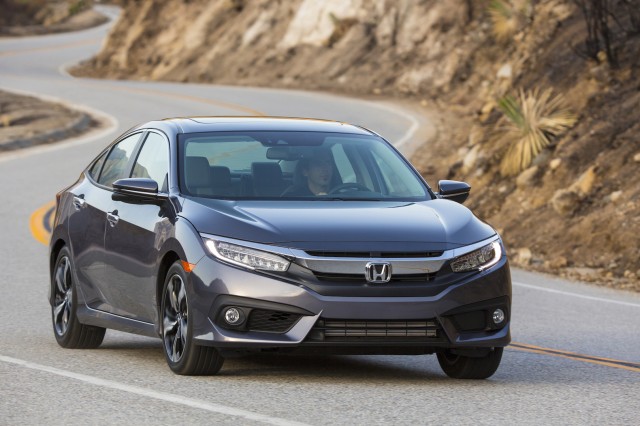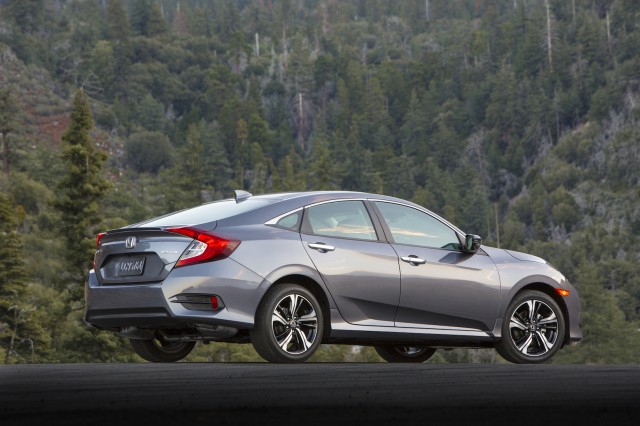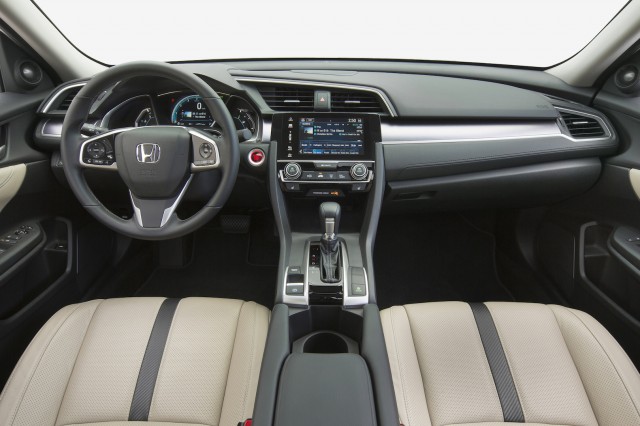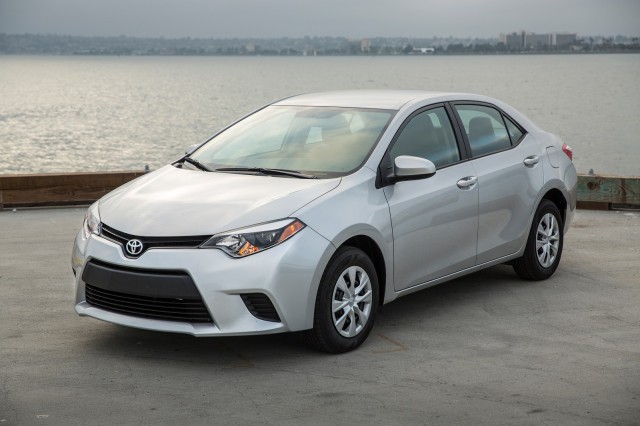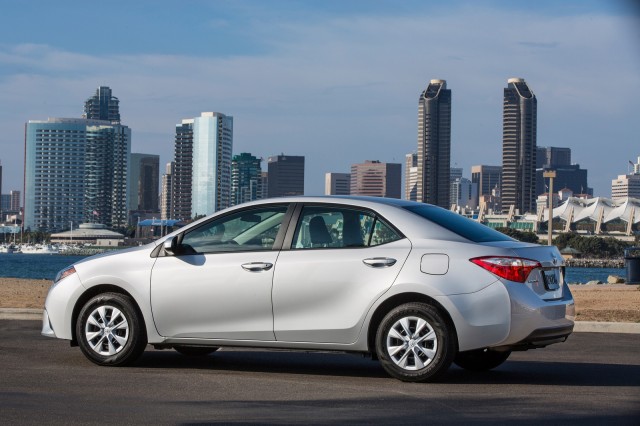 |
| Honda CEO Takahiro Hachigo: “Management, including myself, must lead in changing our mindset.” |
by Hans Greimel of
www.autonews.com
TOKYO -- When Takahiro Hachigo was abruptly named Honda Motor Co. CEO
last year amid spiraling quality problems, he pledged to revive the
troubled automaker through a back-to-basics focus on better cars and
streamlined production.
Nearly a year later, with Honda still battling quality issues, the veteran engineer is revamping that comeback plan.
The
fix, says Hachigo, 56, will come from rekindling the company's
pioneering r&d spirit, once the envy of the industry with its knack
for churning out innovative vehicles.
"We recognize the need for a
fundamental transformation," he said last week while outlining the
strategy. In designing cars for multiple regional markets, Honda was
growing at "a pace and scale beyond our means," he conceded.
The
recalibration targets the initial stages of r&d, creating new posts
committed to design and performance. It is a return to Honda's roots, a
DNA Hachigo knows well from his days as a lead engineer on the popular
Odyssey minivan and CR-V crossover.
Reinvigorating Honda's originality won't be easy.
The
redesigned Civic shows why. When the car was launched late last year,
it was hailed as a taste of Honda's glory days. In January, it won the
North American Car of the Year title.
But the afterglow dimmed
last week, when Honda recalled some 42,000 of the new cars to fix a
piston problem that can cause the engine to seize and possibly catch
fire.
Honda's image has been further tarnished by soaring recalls
due to faulty airbag inflators made by affiliated supplier Takata
Corp., which have been linked to nine fatalities in Honda vehicles.
Honda has recalled 30 million inflators worldwide.
Meanwhile,
Honda must tackle other structural problems, including bloated
overcapacity in Japan. Because it had shifted so much production
overseas in recent years, Honda failed to cash in on exports when the
yen finally began to weaken.
Hachigo now aims to rebalance global production by ramping up output in Japan for exports to North America and Europe.
"The
key issue will be how far the company can square the circle between
controlling product quality and ramping up models simultaneously
worldwide," J.P. Morgan auto analyst Akira Kishimoto wrote in a report
after Hachigo's news conference.
Quality over quantity
Hachigo's answer: Prioritize quality over quantity.
"Rather
than set up a sales target, we first put importance on creating
Honda-unique products," Hachigo said. "After that, we will explore how
to increase sales."
The reboot offers a reality check on Honda's
unfinished realignment of the carmaker's global operations around six
regional hubs, each wielding its own r&d and production power.
Hachigo
spent years setting up the structure under his predecessor, Takanobu
Ito, before taking Honda's reins last June. But Hachigo said the rapid
expansion put too much strain on r&d resources in Japan and needed
clearer lines of control.
"We have come to see some issues in the
front lines of our development and production facilities," Hachigo
said. "This could seriously harm the engine behind Honda's creativity."
To
steer the next phase, Hachigo replaced nearly a third of the board and
promoted younger executives for new blood. He appointed new people to
key roles in charge of r&d, North America and automotive operations.
The changes clear the top ranks of some prominent, older-generation
executives under Ito.
"It still looks like a work in progress,"
Chris Richter, an auto analyst with CLSA Asia-Pacific Markets, said of
Hachigo's reforms. "Maybe a fresh set of eyes on the problem will help."
Hachigo said electrification will play a big role in Honda's new
aura. By 2030, he wants two-thirds of Honda's global sales to come from
green cars such as hybrids, plug-ins, fuel cell vehicles and pure
electric vehicles. That's up from just 5 percent today.
Production shuffle
Honda also is cranking up production of crossovers to meet demand.
Canada,
which currently ships the CR-V to Europe, will cease those exports and
channel its production to North America. Honda will add production of
the Acura MDX to its plant in East Liberty, Ohio, in 2017, supplementing
MDXs from Honda's Alabama factory.
Bigger production shifts are
afoot. Hachigo said he wants to tap extra capacity in Europe and Japan
by having plants there export more vehicles to other markets.
In
the next three to four years, Hachigo aims to boost annual output in
Japan to around 950,000 vehicles, from around 730,000 last year. Up to
20 percent of the total will be exported, compared with around 9 percent
in 2015.
Japan may begin shipping Civics and CR-V crossovers to
North America, after beginning exports of the Fit to North America last
year. Japan will also export the CR-V and HR-V compact crossover to
Europe. Europe will become the export hub for the new-generation Civic
hatchback debuting at this week's Geneva auto show.
Lifting
output from Japan is key, Hachigo said. It strengthens a production base
that is not only the cradle of Honda's corporate culture but the
template for overseas operations.
"We need to realize renovation
of Honda's manufacturing," Hachigo said. "Management, including myself,
must lead in changing our mindset, and every associate needs to change
their perception and the way they work."
Source;
http://www.autonews.com/article/20160229/OEM02/302299970/honda-ceo-says-fundamental-transformation-is-needed






































